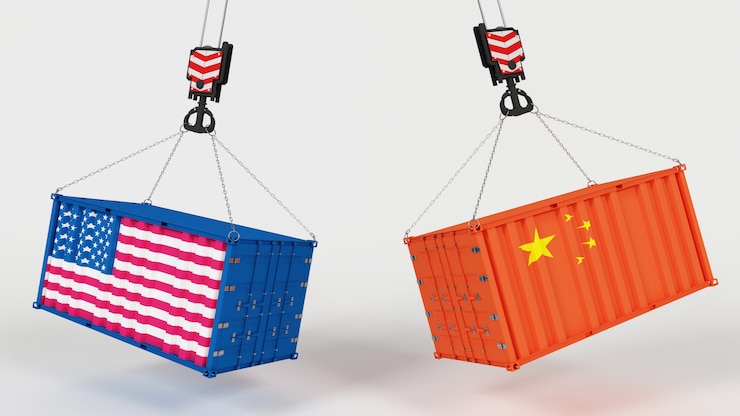Assurance amid small-enterprise house owners in the U.S. flatlined in May for a second consecutive thirty day period, but expectations for long term business disorders continued to deteriorate amid persisting inflation and supply shortages.
The NFIB Compact Organization Optimism Index diminished marginally to 93.1 in May possibly from 93.2 in April, the cheapest degree considering that April 2020, according to information released Tuesday by the Nationwide Federation of Unbiased Small business. The examining is broadly in line with economists’ anticipations in a poll by The Wall Street Journal.
“Small-company entrepreneurs continue to be quite pessimistic about the next fifty percent of the calendar year as source-chain disruptions, inflation and the labor shortage are not easing,” NFIB Chief Economist Monthly bill Dunkelberg claimed.
The selection of small-enterprise owners who hope superior business enterprise ailments in the subsequent six months declined even further in May, reaching a refreshing new reduced in the in the vicinity of-five-ten years survey’s background.
Respondents also grew to become extra downbeat when assessing their projections for small-expression revenue.
The NFIB study is a every month snapshot of little organizations in the U.S., which account for nearly half of private sector positions. Economists appear to the report for a study on domestic demand from customers and to extrapolate choosing and wage traits in the broader economic system.
Earning developments deteriorated in excess of the thirty day period, with respondents reporting higher labor and uncooked components costs, the report reported.
The quantity of respondents who approach funds outlays decreased a little above the thirty day period.
Strategies to increase work amplified markedly, but modest companies continued to struggle to fill open up positions in a tight labor market place. All-around 51% of respondents documented task openings they could not fill, up four factors from April, the NFIB explained.
Inflation pressures broadened, in accordance to the survey. The percentage of homeowners increasing ordinary providing costs elevated two points to 72%, back again to the best reading through in the 48-12 months-historical past of the study final attained in March.
“Inflation continues to outpace compensation which has diminished genuine incomes throughout the country,” Mr. Dunkelberg said. Price tag progress remained the most critical dilemma for organization proprietors, the report said.
Provide-chain bottlenecks did not clearly show symptoms of easing, according to the study. Just about 40% of owners documented that provide-chain disruptions have experienced a significant impact on their business, up a few details as opposed with April.
Write to Xavier Fontdegloria at [email protected]





More Stories
How to Set and Achieve Your Financial Goals
Financial Planning 101: A Beginner’s Guide to Wealth
Trump vs Biden 2024: What’s at Stake in This Epic Election